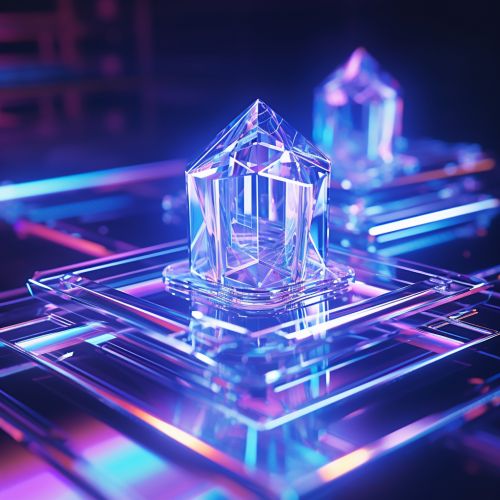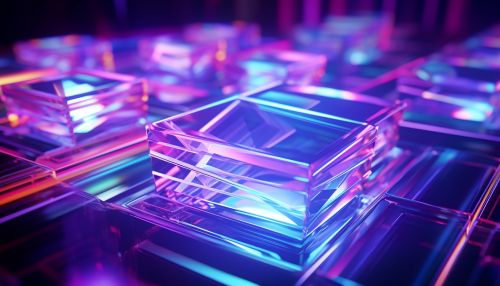The Science of Holography and Its Applications
Introduction
Holography is a sophisticated technique that allows the light scattered from an object to be recorded and later reconstructed, resulting in a three-dimensional image. The technique of holography can also be used to optically store, retrieve, and process information. While holography is commonly associated with artistic 3D images, it has a wide range of applications.


Principles of Holography
Holography is based on the principle of interference. A hologram is made by superimposing a second wavefront (usually called the reference beam) on the wavefront of interest, thereby creating an interference pattern that is recorded on a physical medium. This interference pattern can then be used to recreate the original wavefront.
The process of creating a hologram begins with the object beam. This is a beam of light that is scattered off the object of interest. This scattered light carries information about the object, including both its amplitude (brightness) and phase (the position of the wave within its cycle). This information is what allows a hologram to recreate a three-dimensional image.
The reference beam, on the other hand, is a beam of light that has not interacted with the object. It serves as a kind of "baseline" against which the object beam can be compared. When the object beam and the reference beam are combined, they create an interference pattern. This pattern is recorded on a suitable medium, creating the hologram.
Types of Holograms
There are several different types of holograms, including transmission holograms, reflection holograms, and computer-generated holograms.
Transmission Holograms
A transmission hologram is created by directing the reference beam and the object beam at the holographic medium from opposite sides. When viewed, a transmission hologram produces an image that appears to be on the other side of the hologram, as if the viewer is looking through a window.
Reflection Holograms
A reflection hologram, on the other hand, is created by directing both the object beam and the reference beam at the holographic medium from the same side. When viewed, a reflection hologram produces an image that appears to be on the same side of the hologram as the viewer, as if the viewer is looking at a picture.
Computer-Generated Holograms
Computer-generated holography (CGH) is a type of holography where the interference pattern is calculated numerically rather than being physically recorded from an optical interference pattern. This allows for the creation of holograms of objects or scenes that do not physically exist, or are otherwise difficult to record using traditional optical methods.
Applications of Holography
Holography has a wide range of applications, from art and entertainment to scientific research and industrial applications.
Art and Entertainment
In the realm of art and entertainment, holography has been used to create unique, three-dimensional artworks, and to enhance performances and events with holographic displays.
Scientific Research
In scientific research, holography is used in a variety of ways. For example, holography can be used to study the properties of light and matter, to measure microscopic particles, and to capture high-speed events.
Industrial Applications
In industry, holography has numerous applications. For instance, holographic data storage can potentially provide a high-capacity, long-term alternative to traditional magnetic and optical data storage methods. Holography can also be used in quality control, allowing for non-destructive testing of materials and components.
